Star shaped flowers! When they bloom, so does hope.
Growing these flowers in your garden evokes sensual and breathless feelings. Just seeing them standing by your side is the greatest treat.
If you happen to look for an impressive addition of star shaped flowers to your garden, then this post is for you. You will learn about the 8 of the best varieties according to our extensive research
Star Jasmine: (Trachelospermum jasminoides)
Star Jasmine would be a premium addition to your garden. It contains trending bright white star shaped flowers.
Once you grow them, you will always crave its flowers’ fragrance.
I would recommend growing this heavenly flower in the bright sunny spot in your garden because it depends on sunlight for growth and germination.
Pentas: (Pentas lanceolata)
Naturally, this flower grows in tropical and subtropical regions of Southern Africa, Madagascar, and the Arabian Peninsula.
This flower produces brown deep red, milky white, light purple, and pink flowers depending upon the variety you opt to grow.
Both outdoor and indoor container gardening is possible with Pentas flower.
Overall, this flower is a common maintainer type and attracts pollinators during the blooming period.
Select a sunny spot in the garden, and the soil must be high draining.
Desert Rose: (Adenium obesum)
This flower is native to tropical and subtropical Africa, Asia, and Arabian Peninsula. It produces bell-shaped red to shades of pink flowers.
6 to 8 hours of daily sunlight with ample water supply to this flower elicits fast growth and germination. Fertilizer application during the growing season encourages early summer blooming.
Avoid over-watering during the winter dormancy period and bring it inside when the outside temperature falls below 55 degrees F.
Bedding Dahlia: (Dahlia pinnata)
These are darlings of the garden.
These flowers bloom in late summer.
Forty-two accepted varieties exist. Each type has its unique flower shape, size, and color.
Continually grow them in well-draining soils that must receive at least 6 to 8 hours of daily sunlight. These flowers propagate through tuberous roots.
Water the herb regularly during the hot summer season and check for insects and diseases.
Aphids, leafhoppers, and caterpillars affect plant leaves and flowers.
Bell Flowers: (Campanula)
There are 21 campanula flower varieties with varying flower colors and shapes.
You can grow them in moist, richly fertile, and well-drained soils. These flowers adore growing in temperate zones of the world.
During the blooming period, campanula flowers attract wasps, bees, hummingbirds, and butterflies.
check our post on bell shaped flowers here
Blue Milk Weed (Amsonia ciliate)
Blue milkweed is a perennial star shaped flowers. It is native to South East and West to Texas.
If your garden has sandy soils, then this is a perfect match because blue milkweed is suited to sandy soils.
It grows better in full sunlight spots. Make sure to give some shade on hot sunny days.
There are no known pests and diseases.
Butterfly tulip: (Calochortus)
It is a native species of North America and perennial in nature.
Late spring and early summer are the best times for blooming.
This flower has red color erected pointed buds.
Expose the flower to full sunshine during the morning and keep it in the shade from noon to afternoon.
Prepare a well-draining loam soil in your garden to grow this mighty flower.
Keep the temperature record during winter seasons because it cannot withstand winter too freezing temperatures (below 28 degrees F.).
Spring Starflower: (Ipheion uniflorum)
This flower is a bulbous perennial. It grows up to10″ tall and produces creamy white star shaped flowers.
It can withstand drought conditions but requires ample water supply during the growing season.
You can plant this flower in the spring season in well-drained soil.
Which of these flowers you think are best to grow in the garden? Let me know in the comment section below.

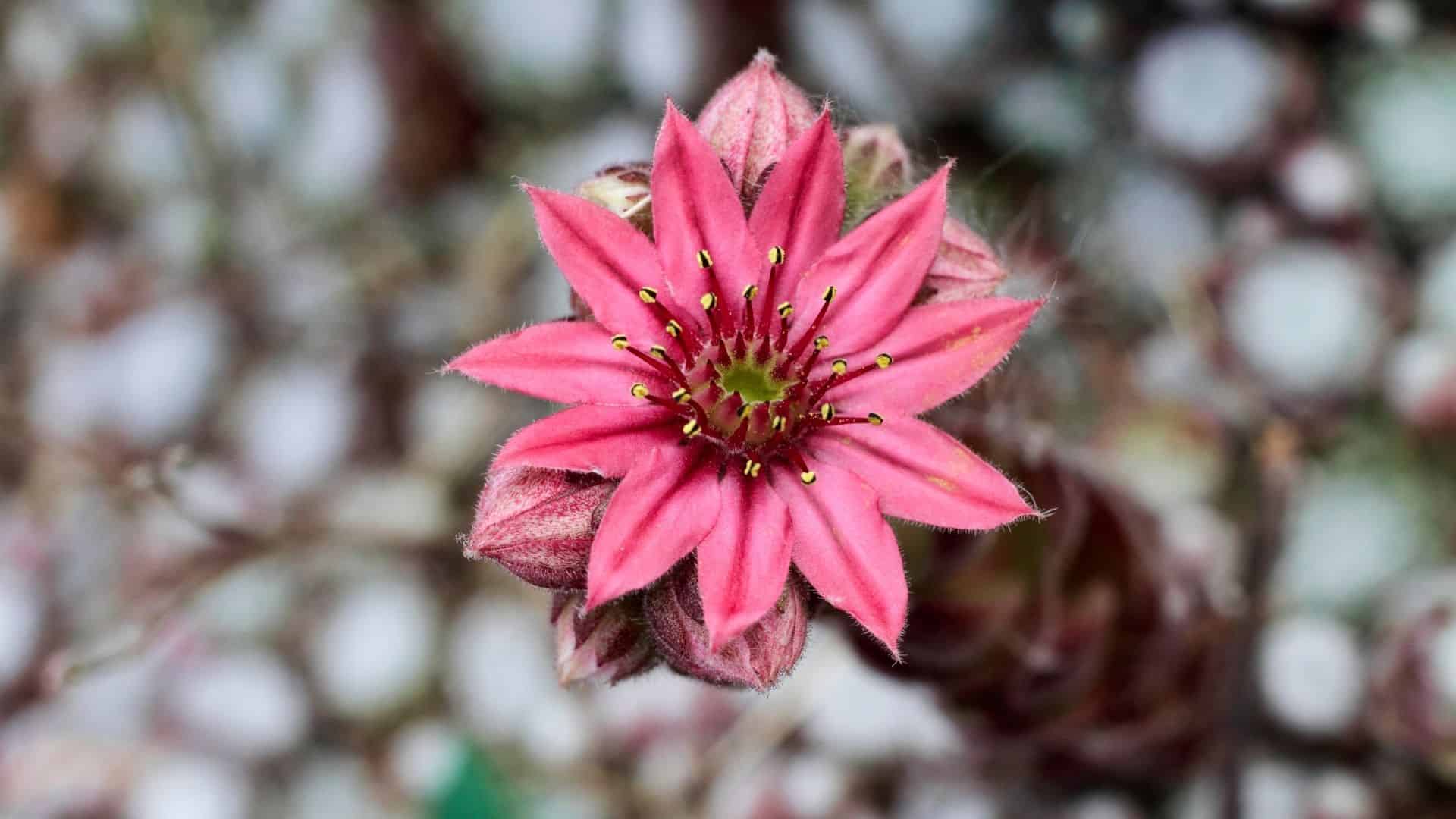

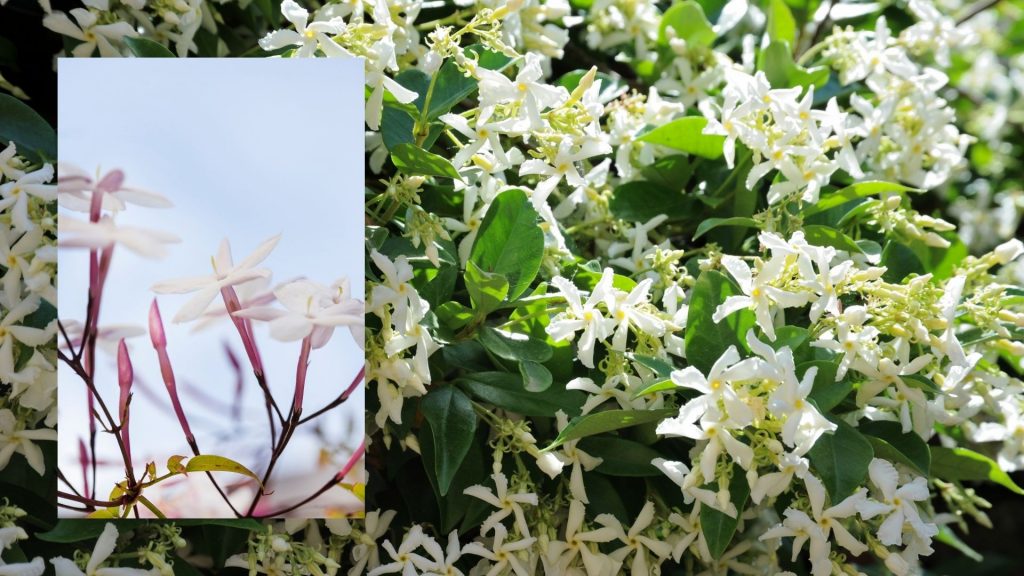
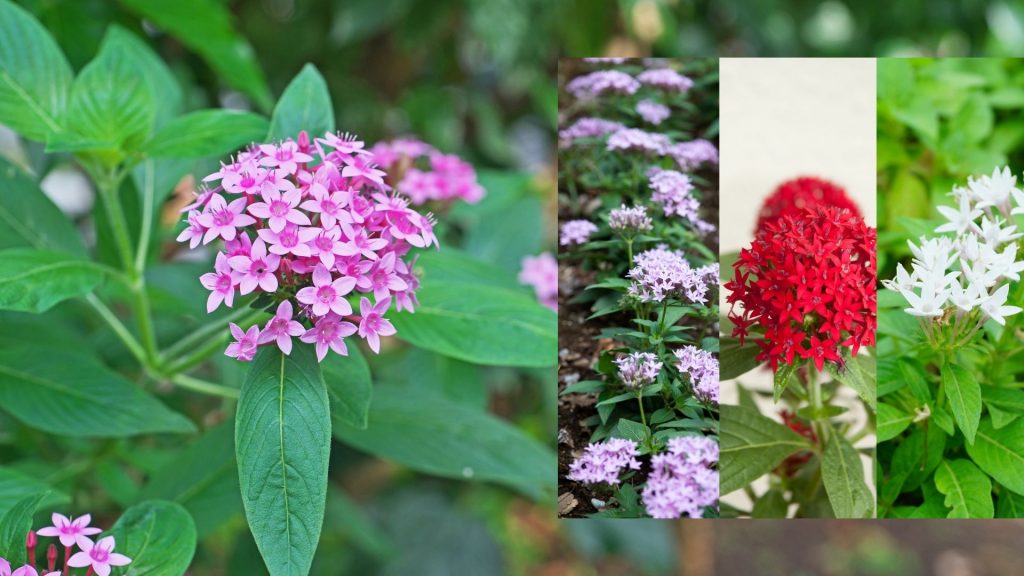
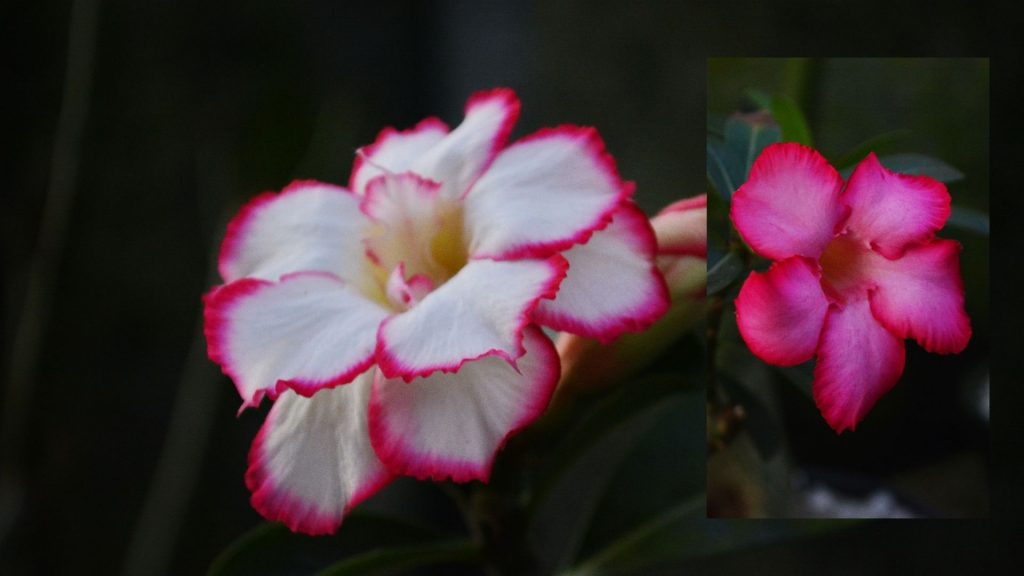
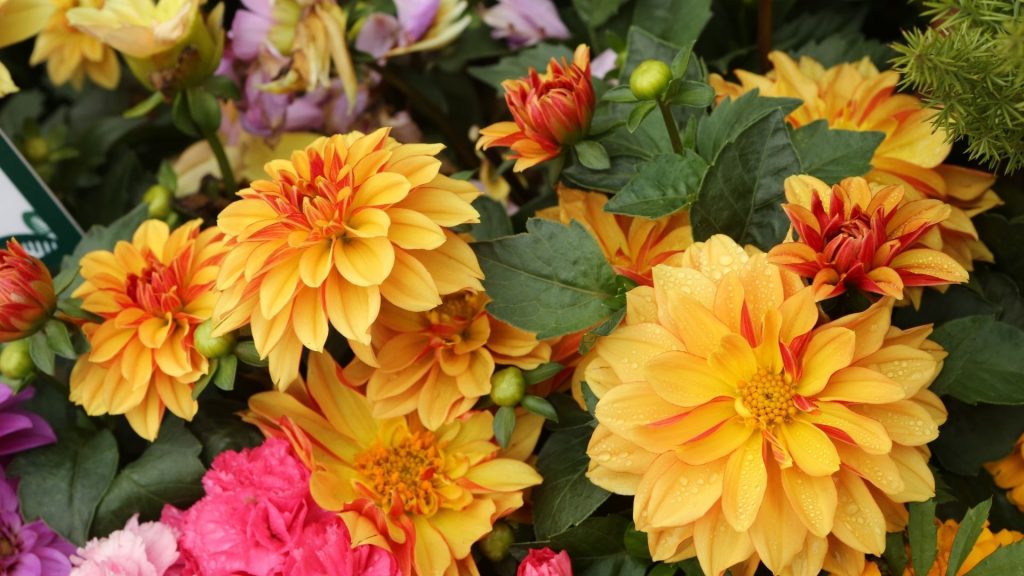
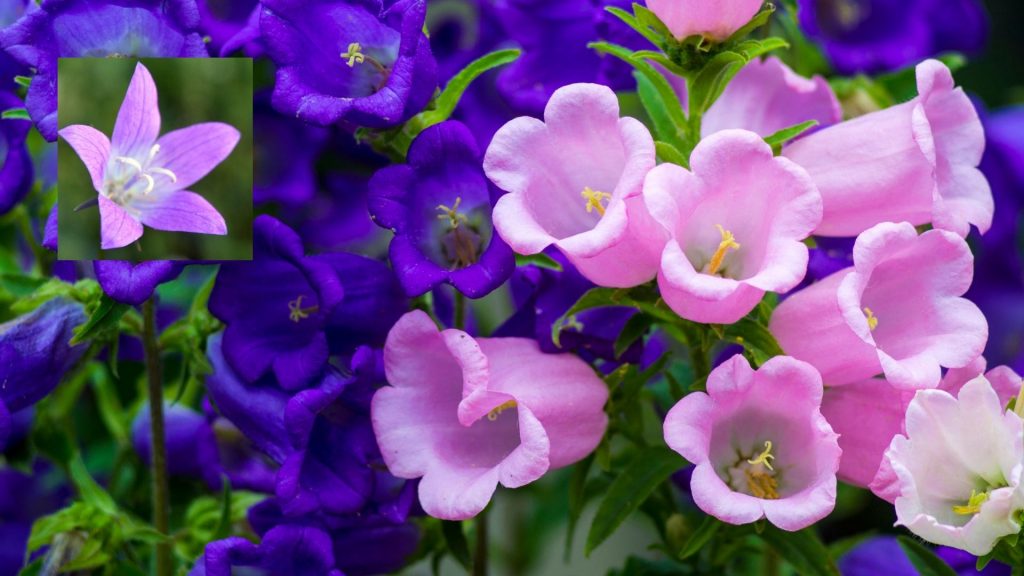
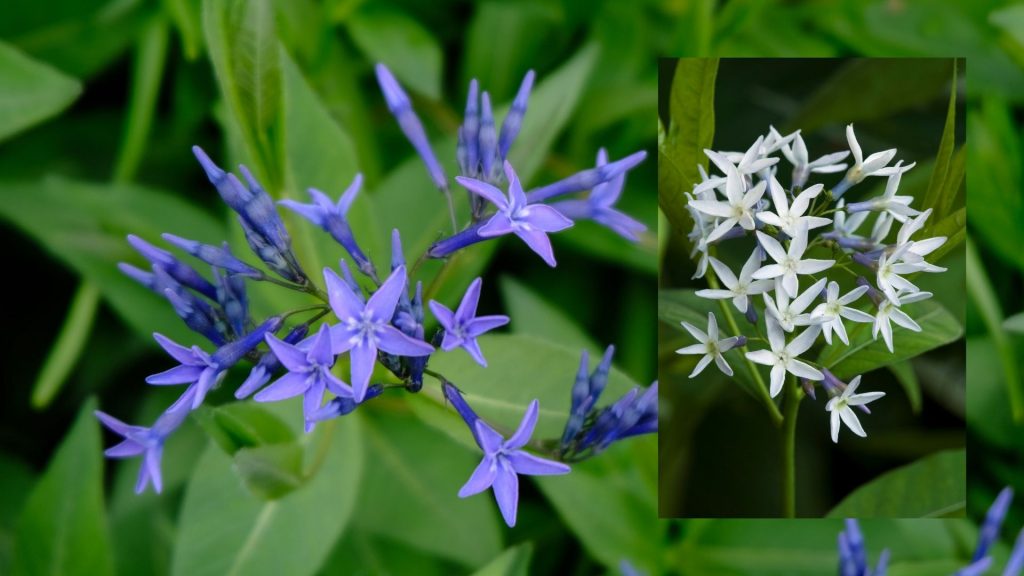
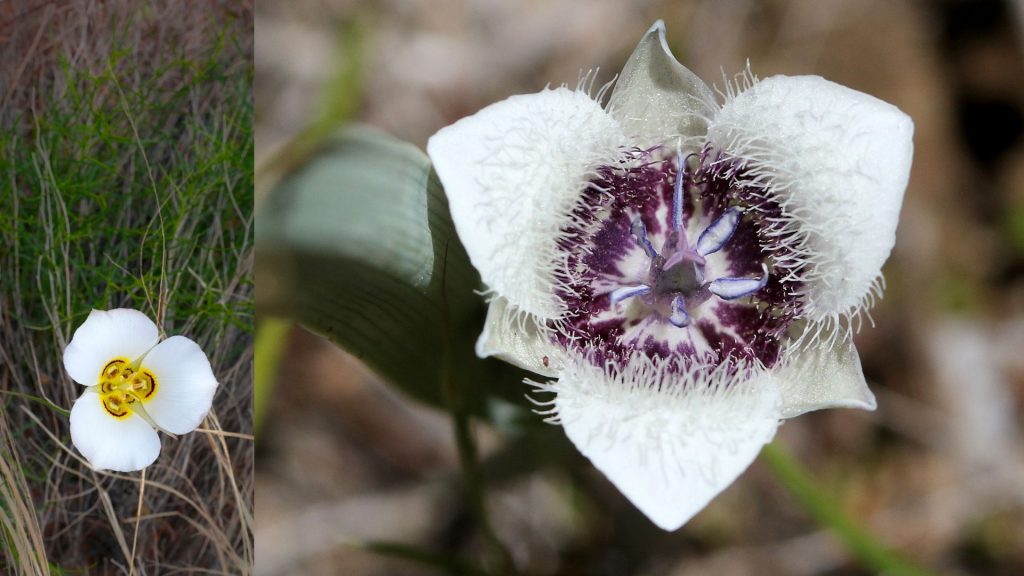
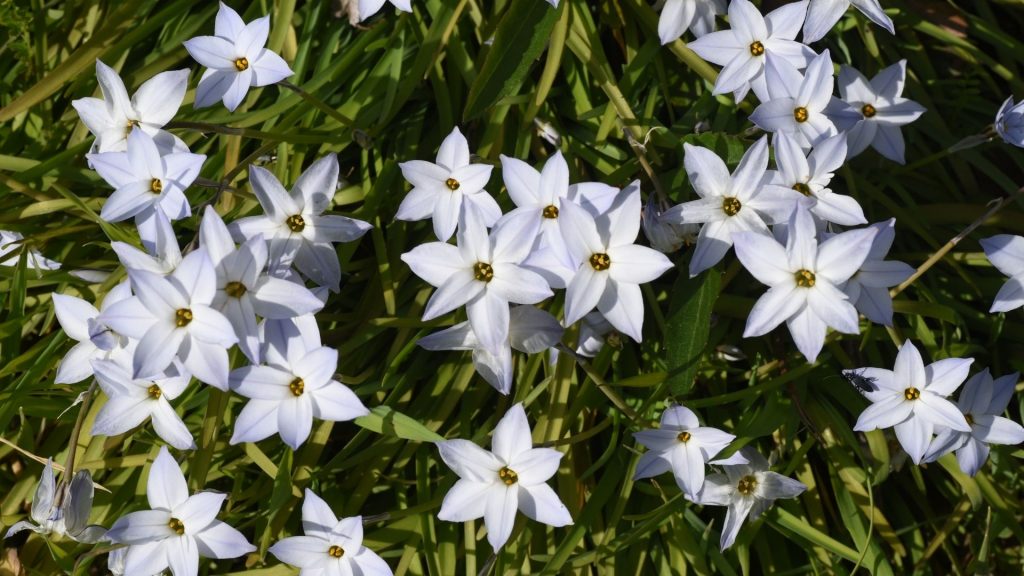

0 Comments